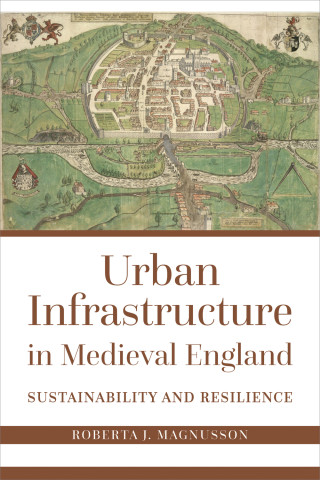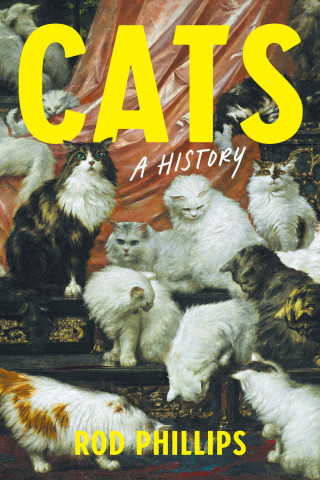
Reviews
An outstanding work of cultural history that is also one of cultural geography. Rarely has a book about a subculture revealed such an extraordinary sense of place. [Duncan] animates the Village for those who only heard it described as a bohemian utopia. The San Remo, the Village Vanguard, and the White Horse Tavern leap from names on the page to places in the memory, causing readers who know the territory to pause and remember a scene that is no more... Reaching the end of Duncan's remarkable book, I could not help but think of King Arthur's reflections in the final scene of the Broadway musical Camelot (1960): "For one brief shining hour" there was something known as Camelot. Such was Greenwich Village, as lovingly recreated by Duncan.
I read this book with great admiration. Once and for all, Duncan consigns the thesis of the monolithic conformism of 1950s America to the dustbin of history. No other historian has analyzed so well, so sensibly, and so thoroughly the politics and aesthetics of this generation of artists, intellectuals, and activists across its numerous gender, sexual, and racial divisions.
Duncan makes the compelling argument that the 'nightclub underground' represented a clear counter-public in the cities of San Francisco and New York. An excellent book.
An indispensable guide to the unique cultural moment when a bicoastal group of underground rebels broke with the past and planted the seeds of the open, ironic, and transgressive American culture of the twenty-first century. If you want to know how we got from there to here, this is the book.
By vividly reconstructing the creative, communal, and liberating spaces that North Beach and Greenwich Village nightspots afforded a broad range of midcentury dissenters and nonconformists, Duncan's nuanced and highly original study provides us with a new appreciation for the distinct geographies and social networks that helped sustain bohemian culture in America.
Stephen Duncan offers a palpable sense of place and space as he tours the salon-like taverns and basement clubs of mid-twentieth-century Greenwich Village and San Francisco’s North Beach—proof that a period of astonishing creativity from the late 1940s to early 1960s possessed a cultural character all its own.
Book Details
Acknowledgments
Maps of North Beach and Greenwich Village
Introduction. Can You Show Me the Way to the Rebel Café?
Chapter One. Blue Angels, Black Cats, and Reds: Cabaret and the Left-Wing Roots of
Acknowledgments
Maps of North Beach and Greenwich Village
Introduction. Can You Show Me the Way to the Rebel Café?
Chapter One. Blue Angels, Black Cats, and Reds: Cabaret and the Left-Wing Roots of the Rebel Café
Chapter Two. Subterranean Aviators: Postwar America's Literary Underground
Chapter Three. Bop Apocalypse, Freedom Now!: Jazz, Civil Rights, and the Politics of Cross-Racial Desire
Chapter Four. Beatniks and Blabbermouths, Bartok and Bar Talk: New Bohemia and the Search for Community
Chapter Five. Rise of the "Sickniks": Nightclubs, Humor, and the Public Sphere
Chapter Six. The New Cabaret: Performance, Personal Politics, and the End of the Rebel Café
Conclusion. Playboys and Partisans: American Culture, the New Left, and the Legacy of the Rebel Café
Notes
Index






